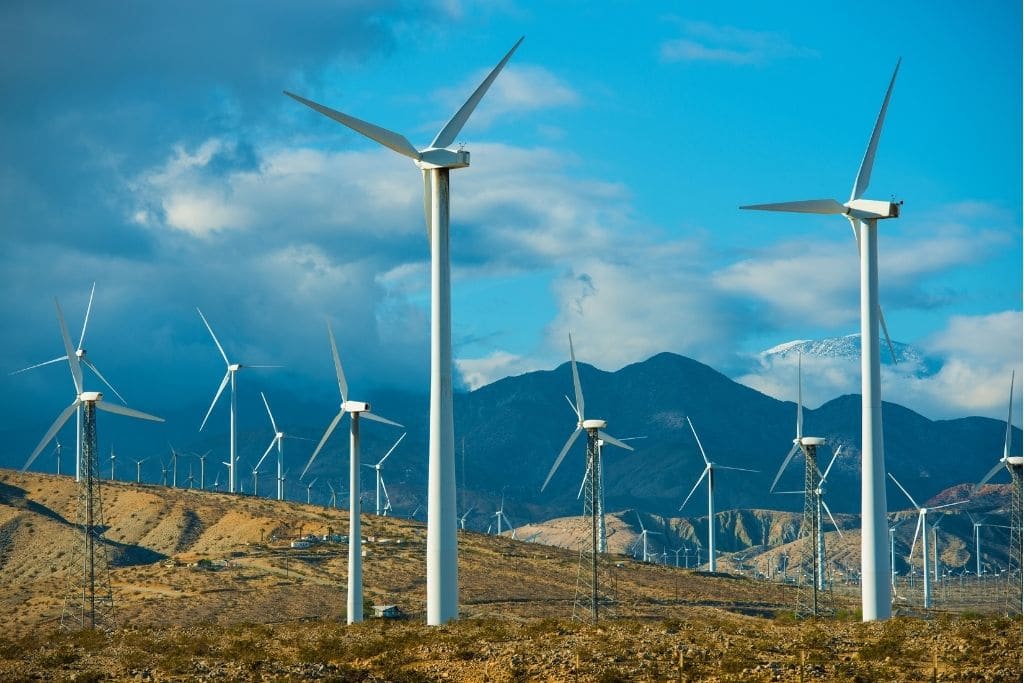
Wind energy is one of the most important renewable energy sources available today. With the increasing focus on reducing greenhouse gas emissions and combating climate change, wind energy is becoming a more attractive option for meeting our energy needs in a sustainable way. In this article, we will explore the future of wind energy and the potential it holds for the global energy landscape.
One of the main drivers of the growth of wind energy is the declining cost of wind power generation. Over the past decade, the cost of wind energy has decreased significantly, making it more competitive with traditional energy sources. This trend is expected to continue, as new technologies and larger wind turbines increase efficiency and reduce costs.
In addition to lower costs, advances in wind energy technology are also driving the growth of the wind energy industry. For example, new types of turbines are being developed that can operate in low wind conditions and generate more electricity per unit of wind energy. Additionally, offshore wind farms are becoming more common, which have the potential to generate more power than onshore wind farms due to the stronger and more consistent winds found at sea.
Another factor that is driving the growth of wind energy is the increasing demand for renewable energy sources. Governments and businesses around the world are setting ambitious targets to reduce greenhouse gas emissions and promote sustainable energy sources, and wind energy is a key component of their strategies. For example, the European Union has set a target of generating 32% of its energy from renewable sources by 2030, and wind energy is expected to play a major role in achieving this goal.
The future of wind energy also holds great potential for job creation and economic growth. The wind energy industry already employs millions of people around the world, and this number is expected to increase as the industry grows. In addition, wind energy projects can provide economic benefits to local communities through increased tax revenue and job opportunities.
One of the challenges facing the wind energy industry is the intermittency of wind power generation. Wind turbines generate electricity only when the wind is blowing, which can make it difficult to match supply and demand on the grid. However, advances in energy storage technology, such as batteries and pumped hydro storage, are helping to address this issue by allowing excess energy to be stored for use when the wind isn’t blowing.
Another challenge facing the wind energy industry is the potential impact on wildlife, particularly birds and bats. However, advances in turbine design and location selection are helping to mitigate these impacts, and ongoing research is seeking to further reduce the impact of wind energy on wildlife.
In conclusion, the future of wind energy is bright, with the potential to play a major role in the global energy landscape. With advances in technology, lower costs, and increasing demand for renewable energy sources, wind energy is poised for significant growth in the coming years. As we work towards a more sustainable energy future, wind energy will be an essential component of our efforts to reduce greenhouse gas emissions and combat climate change.


